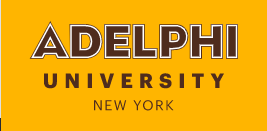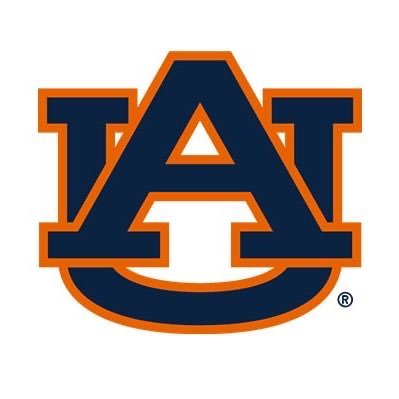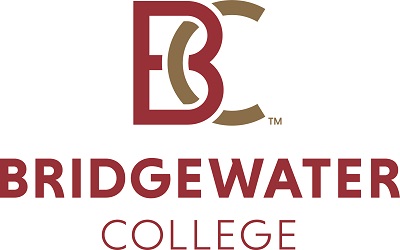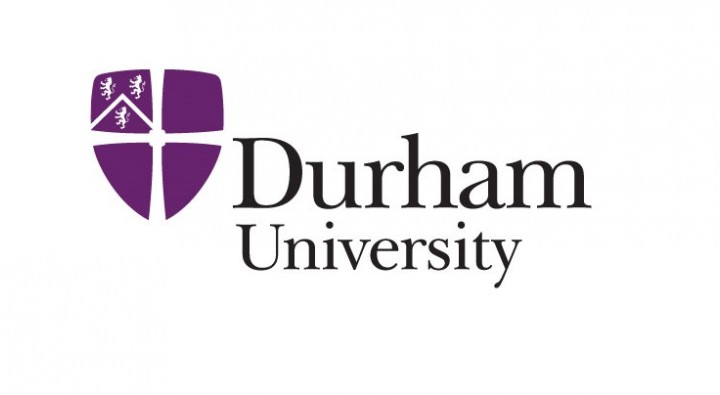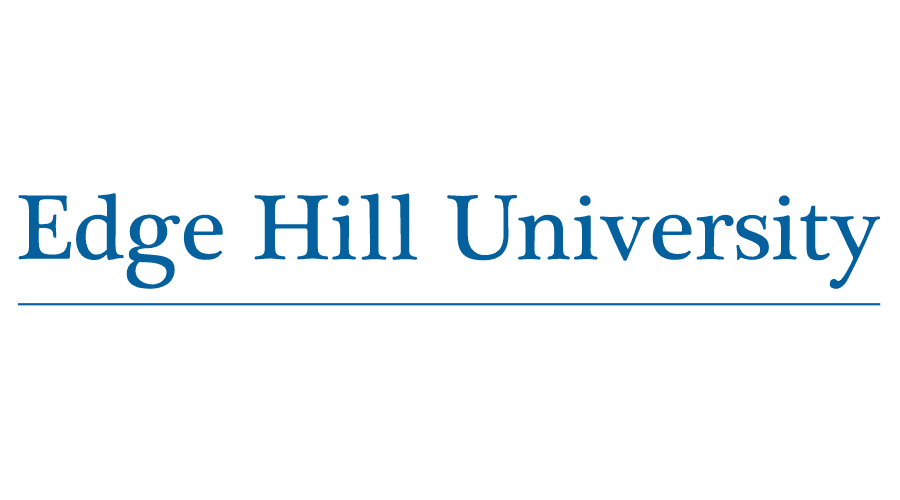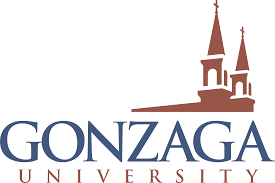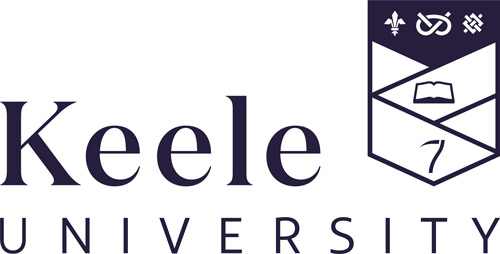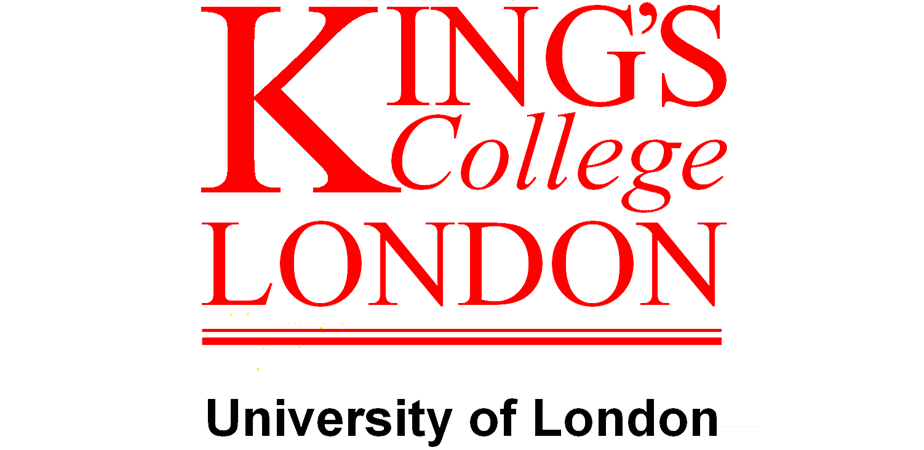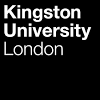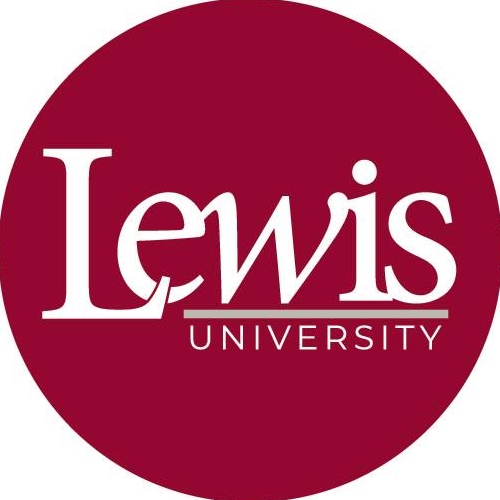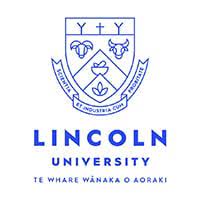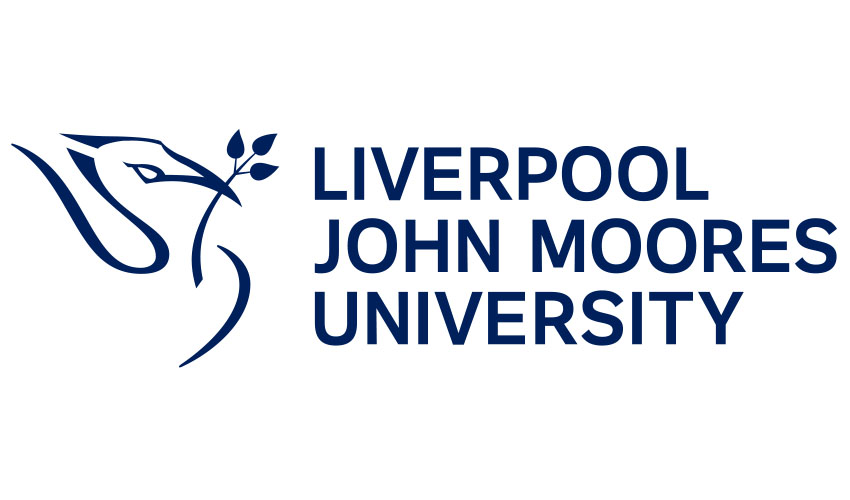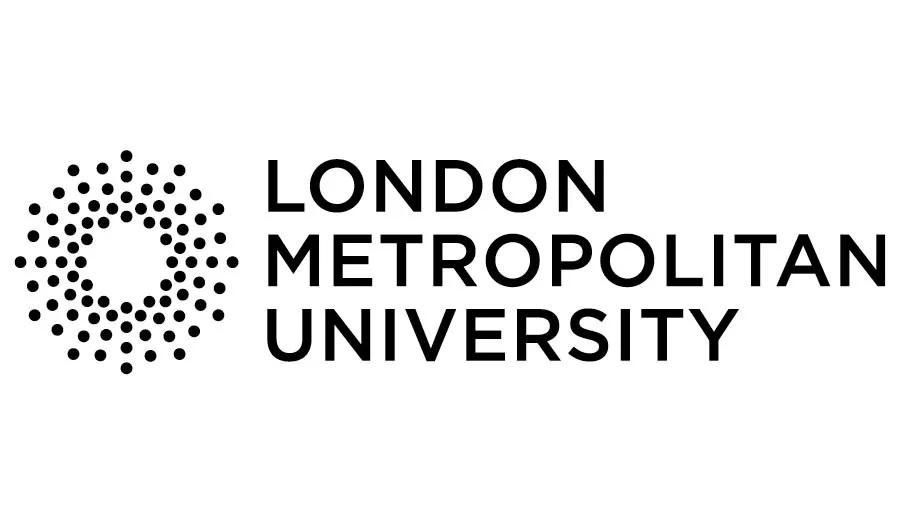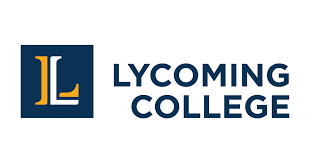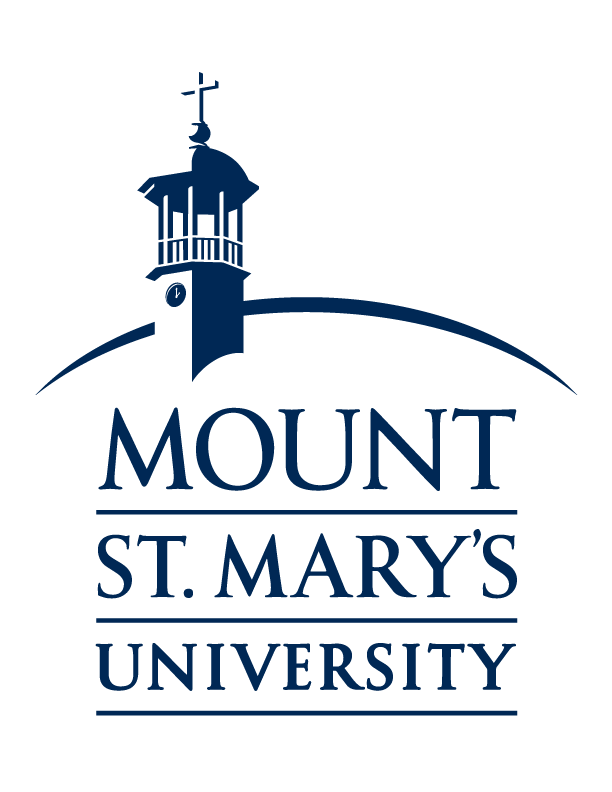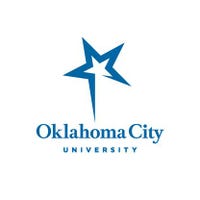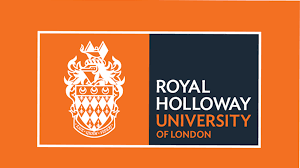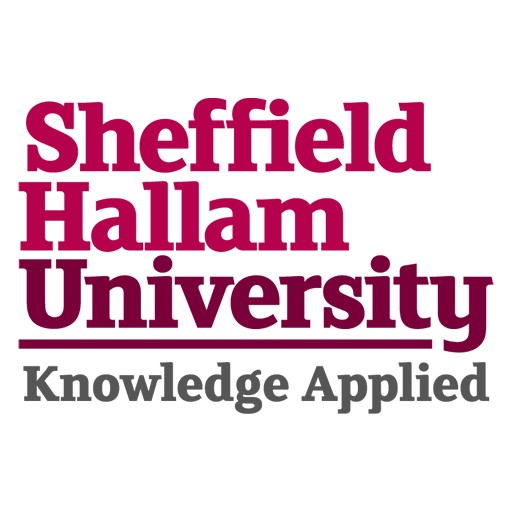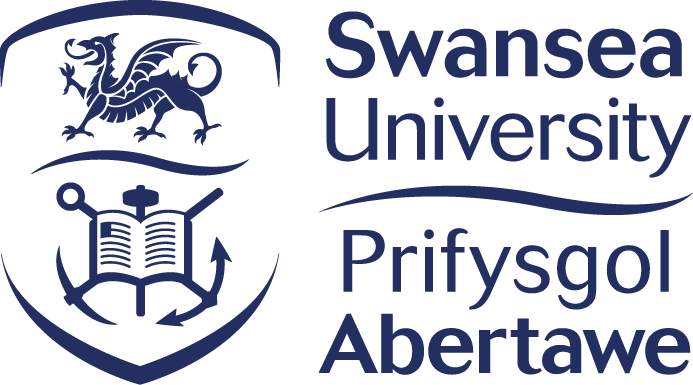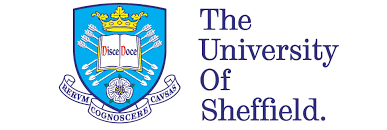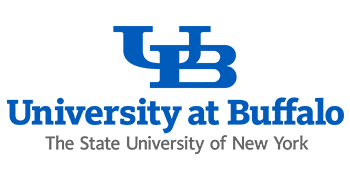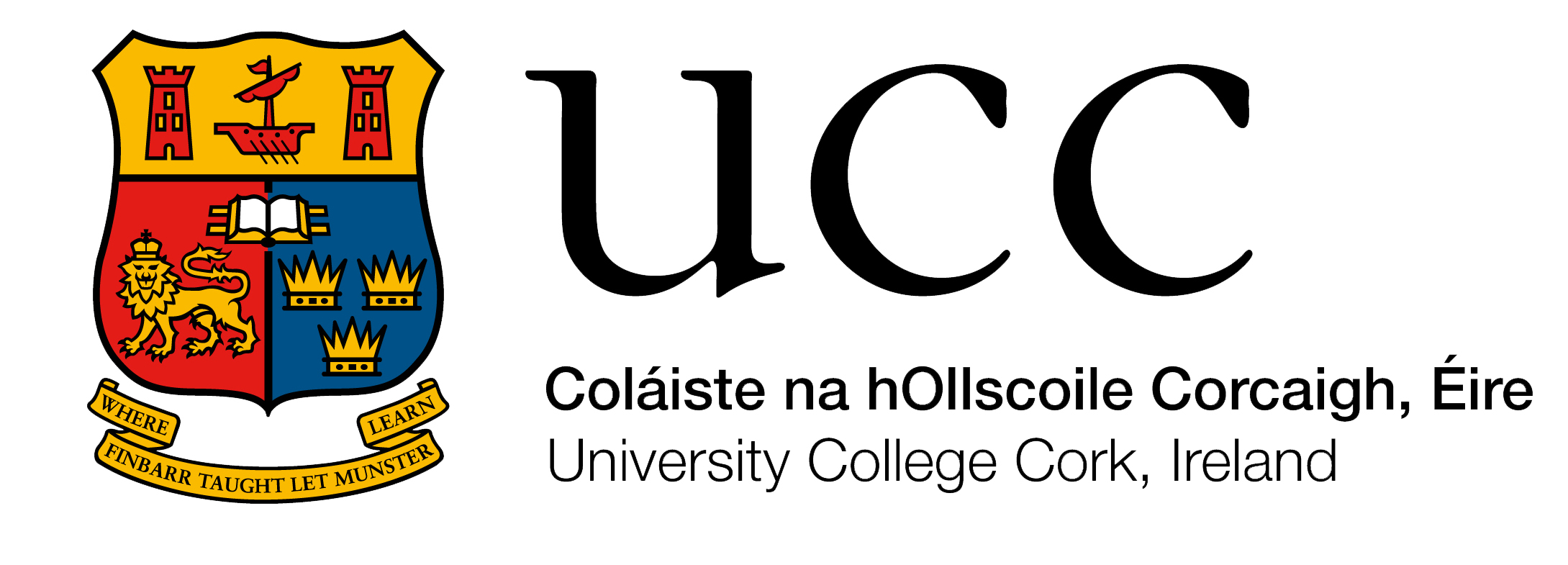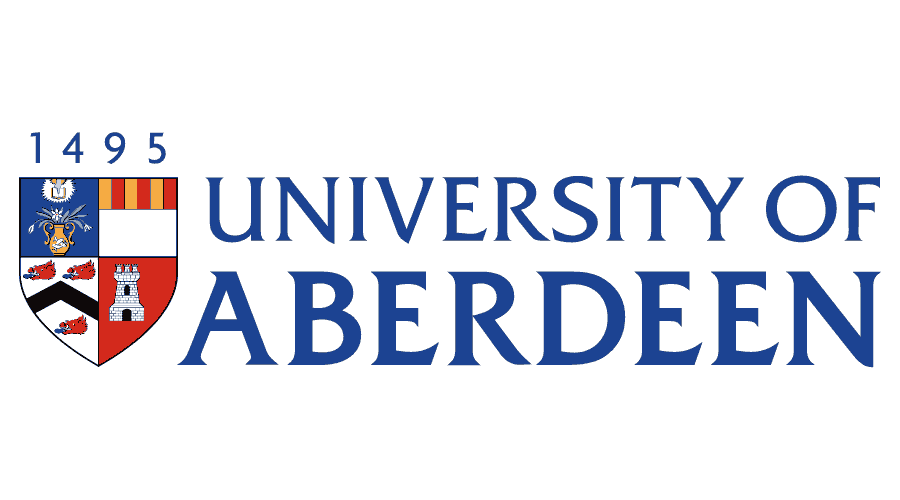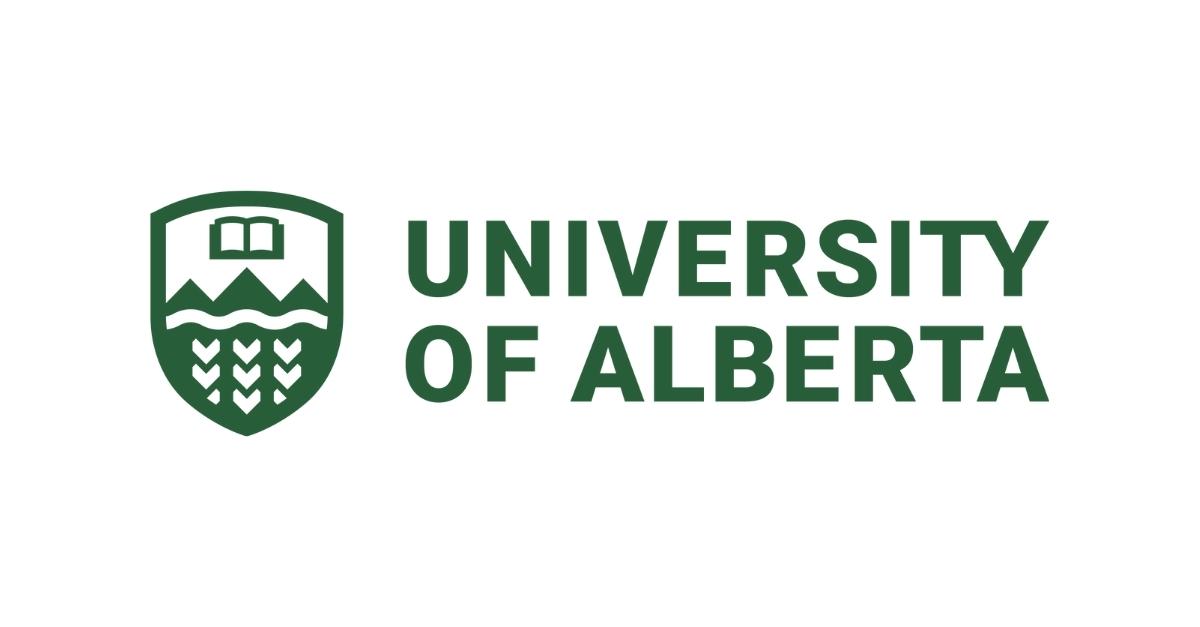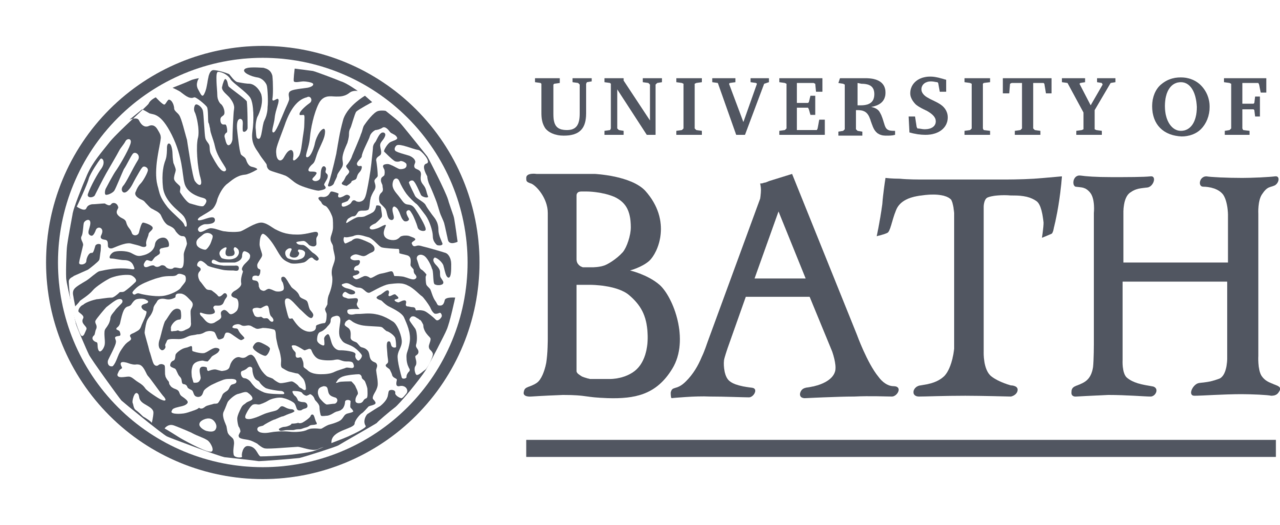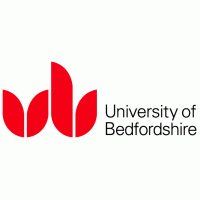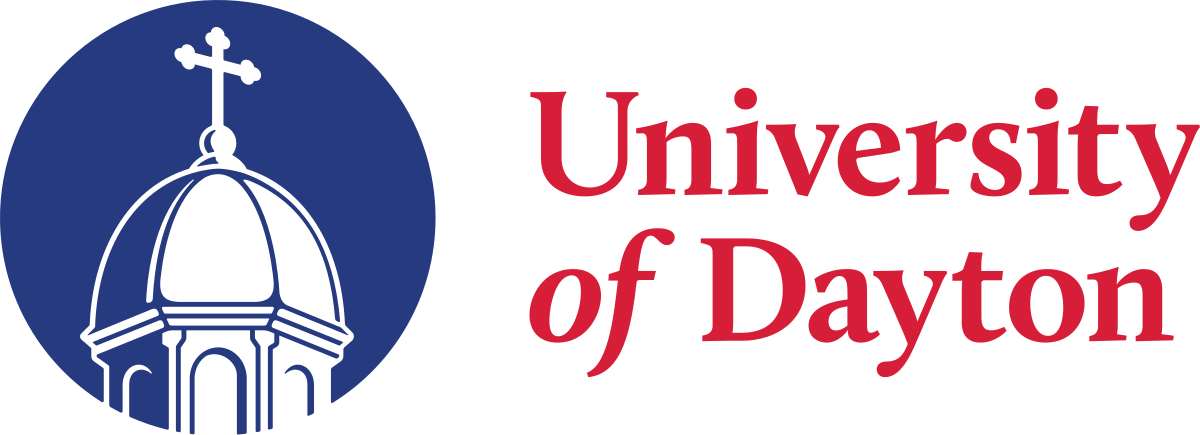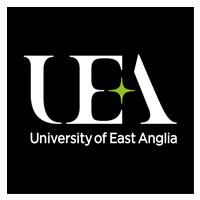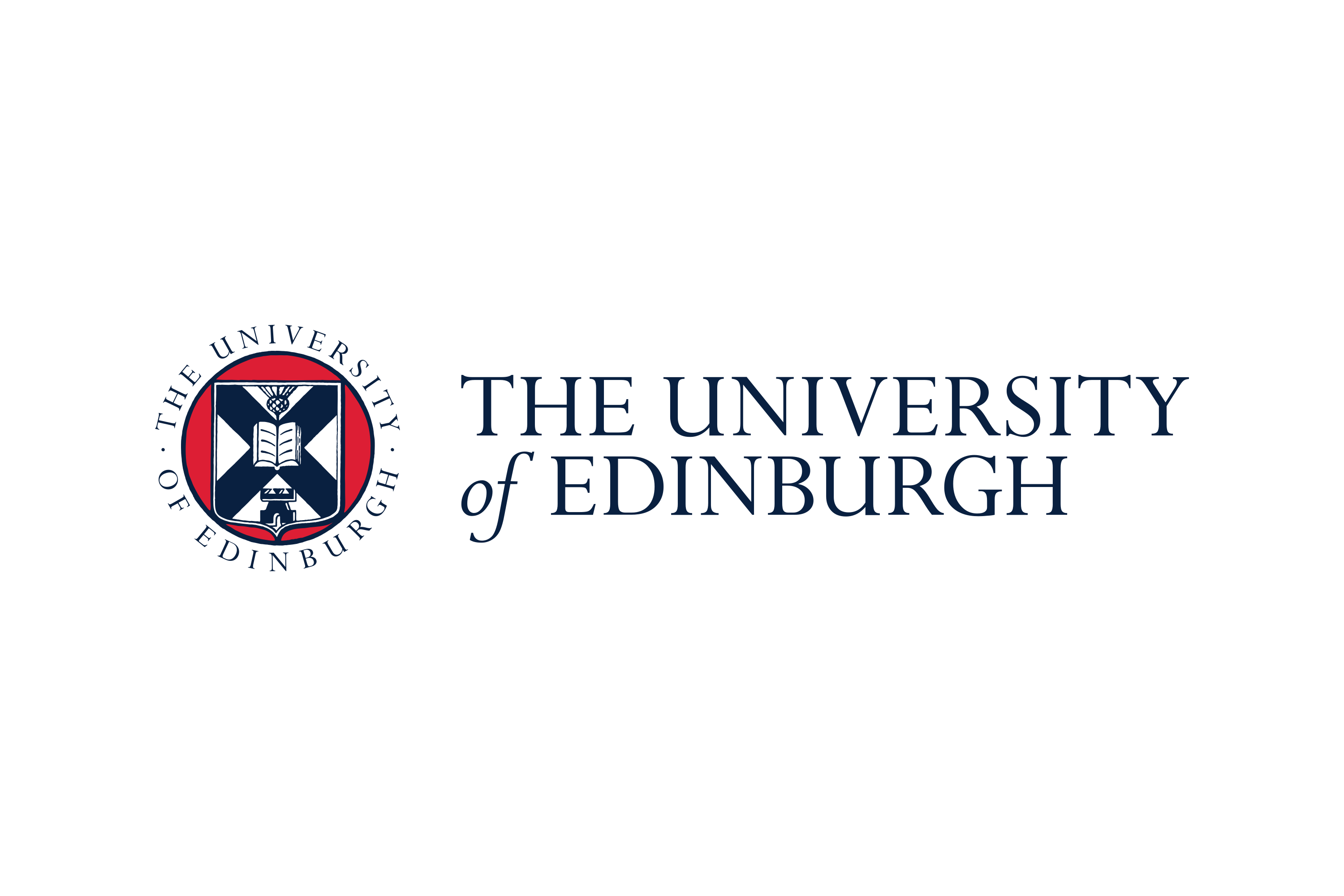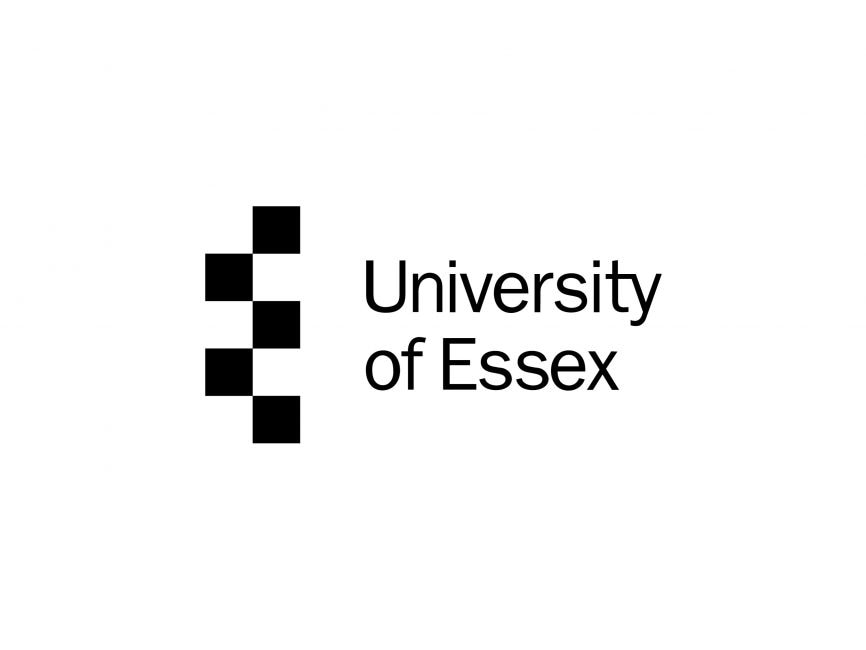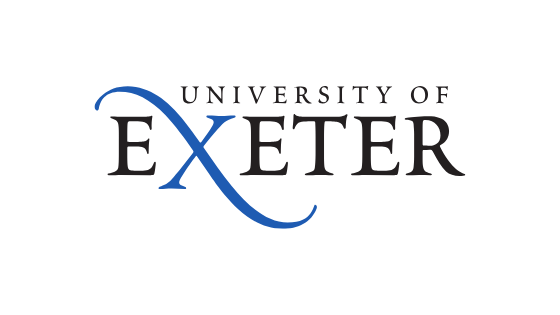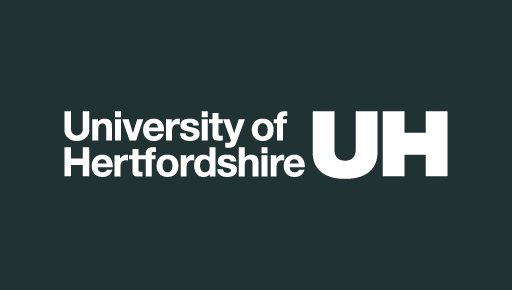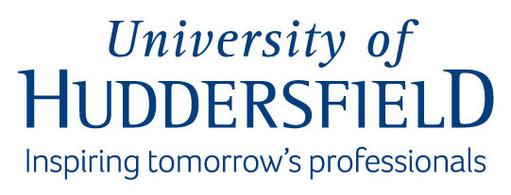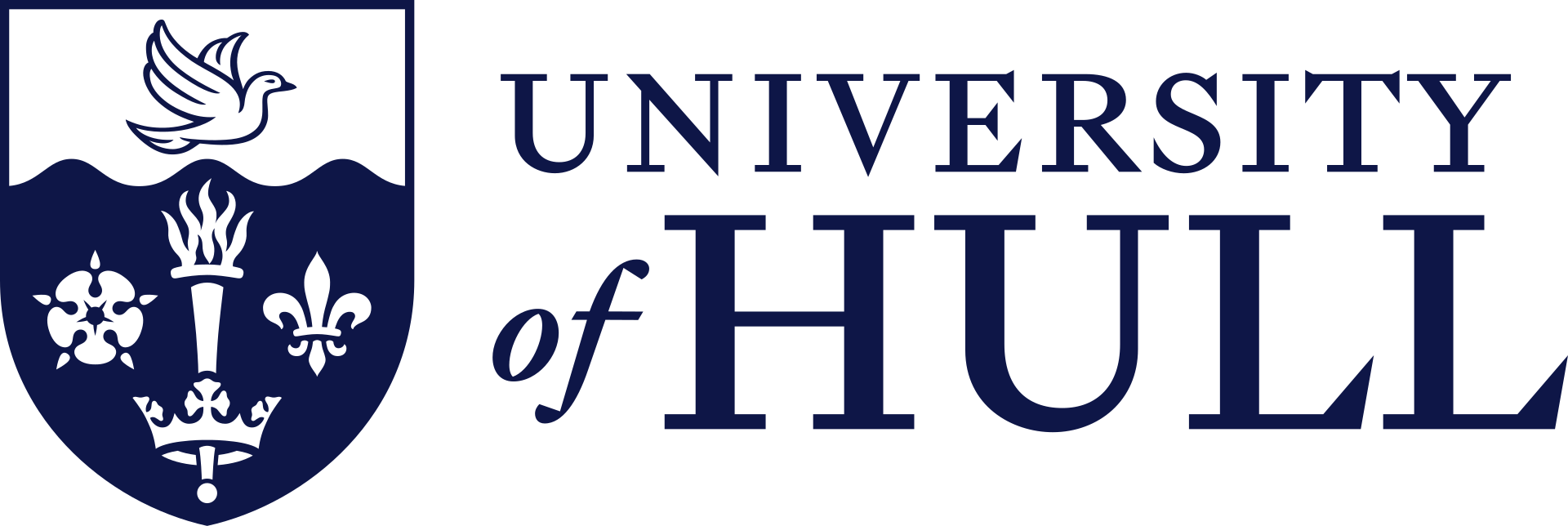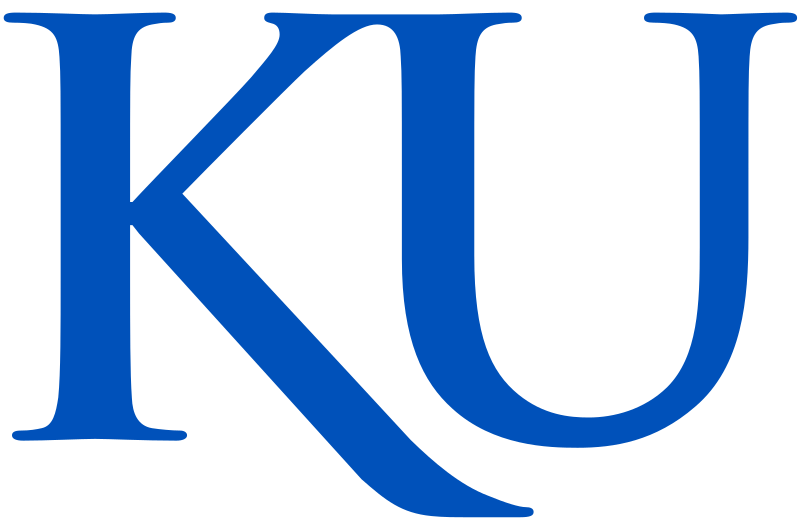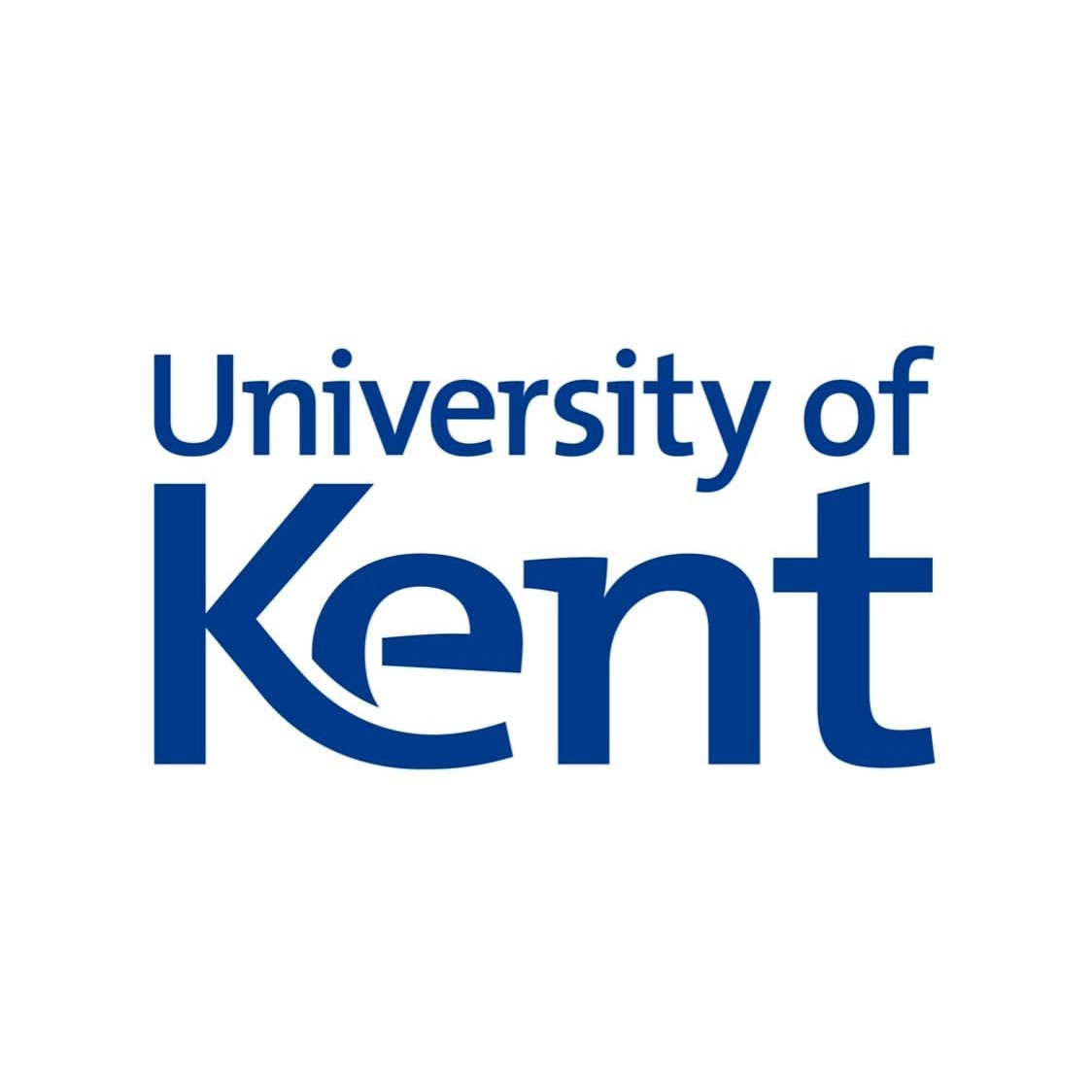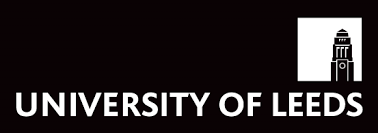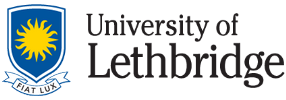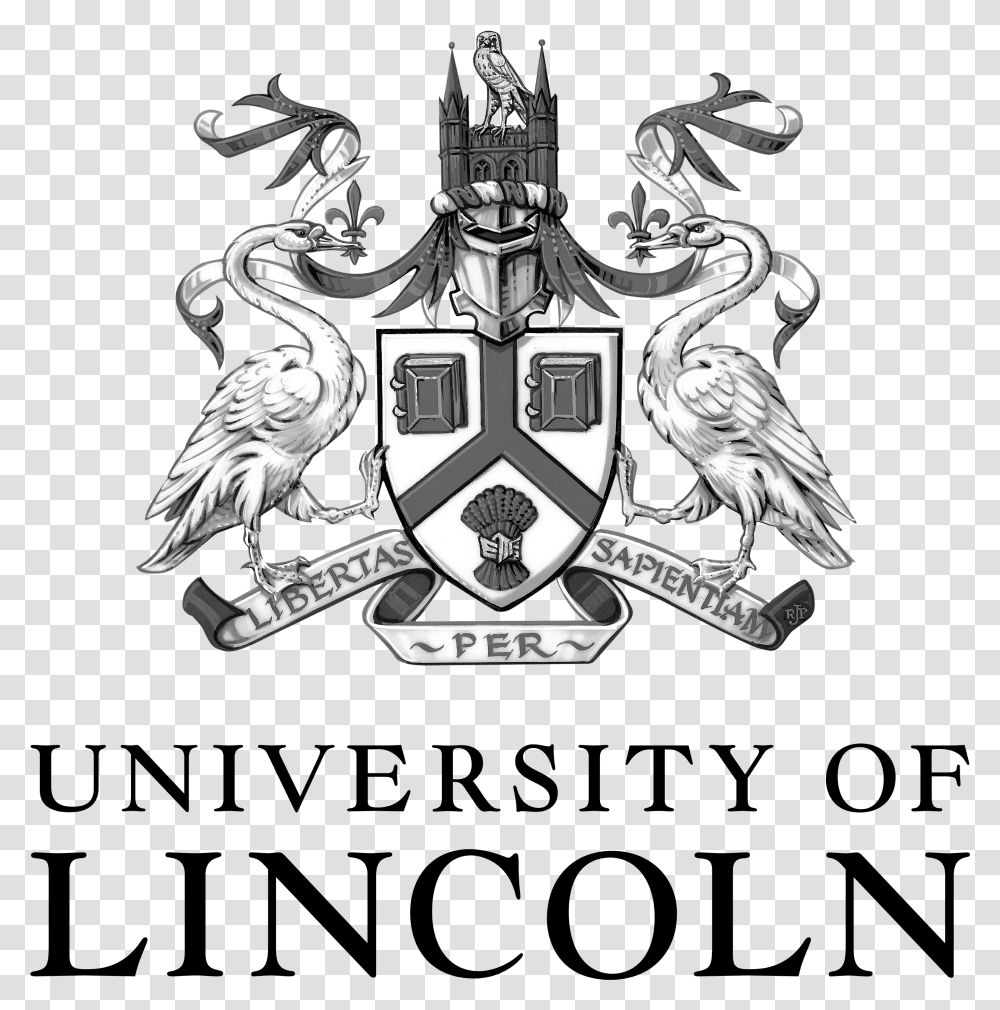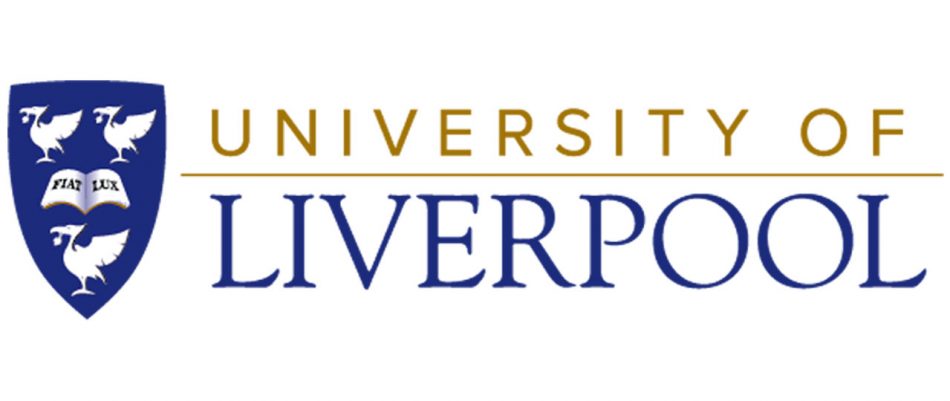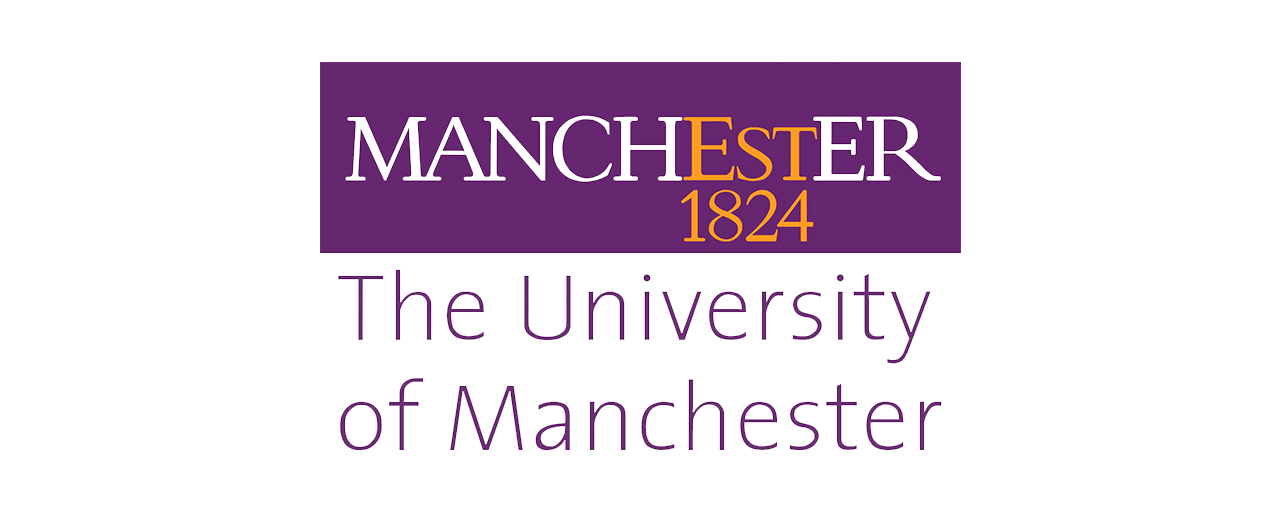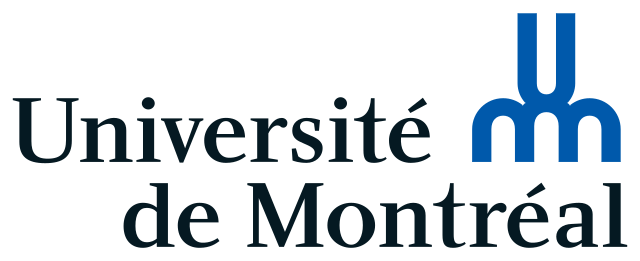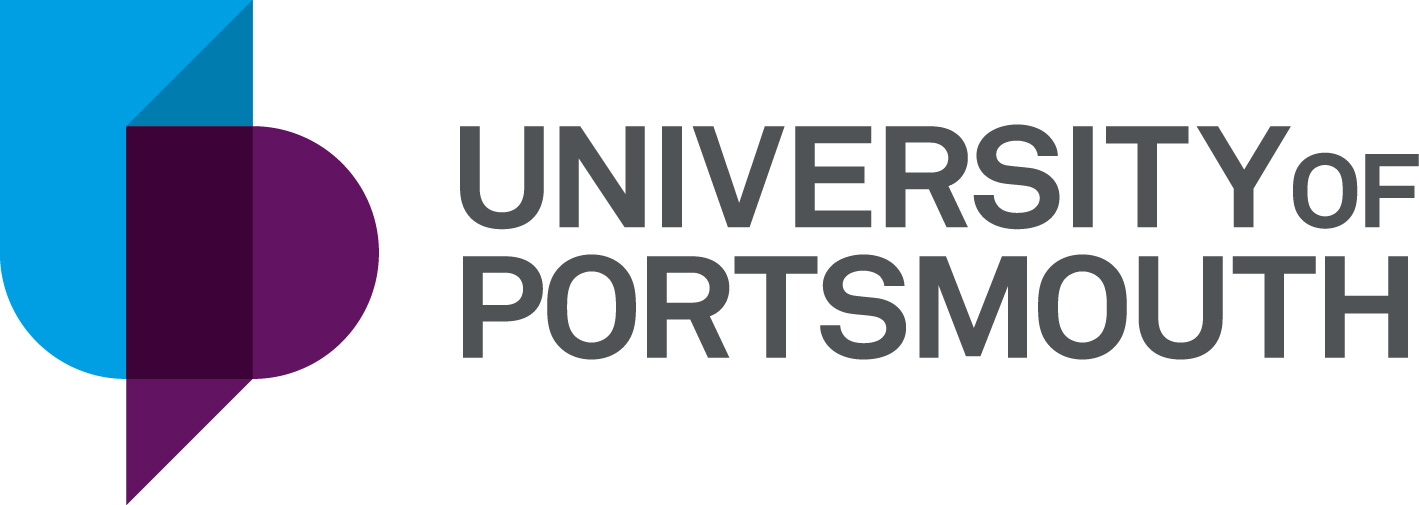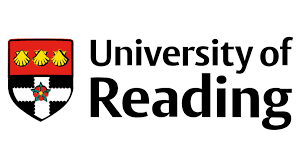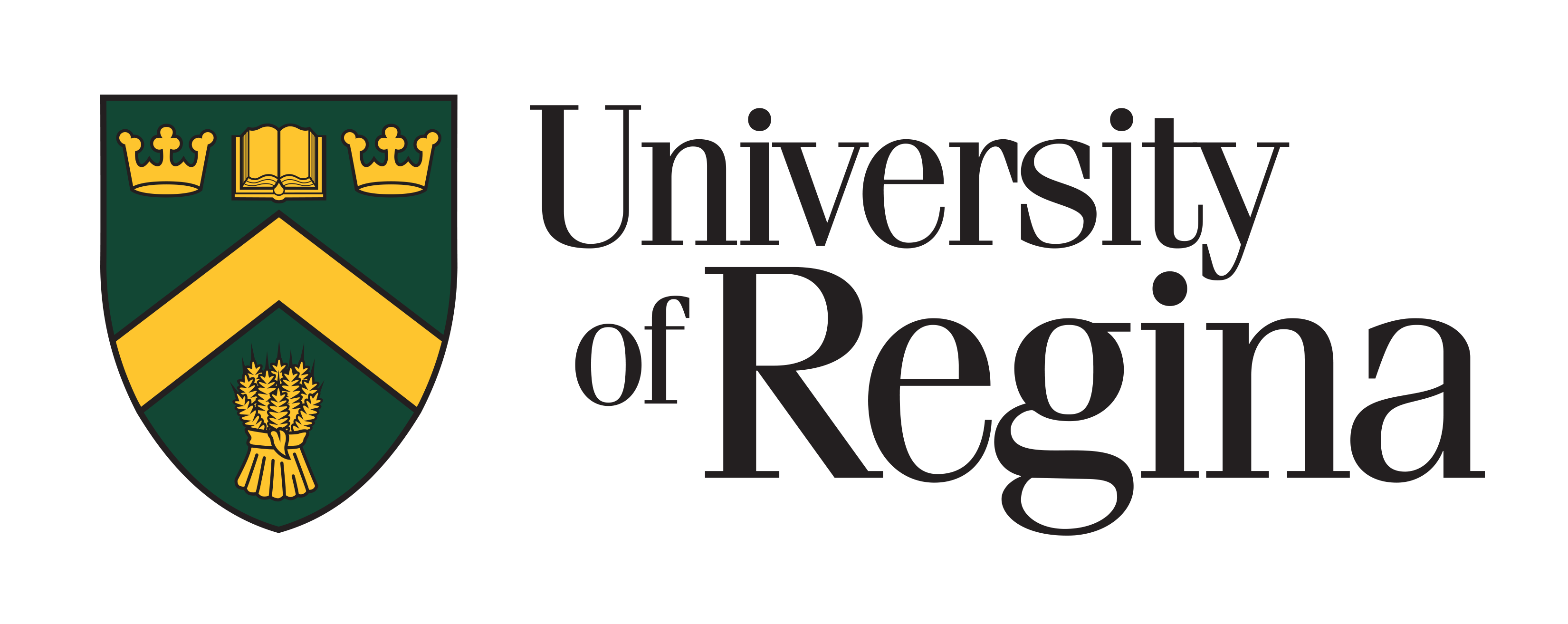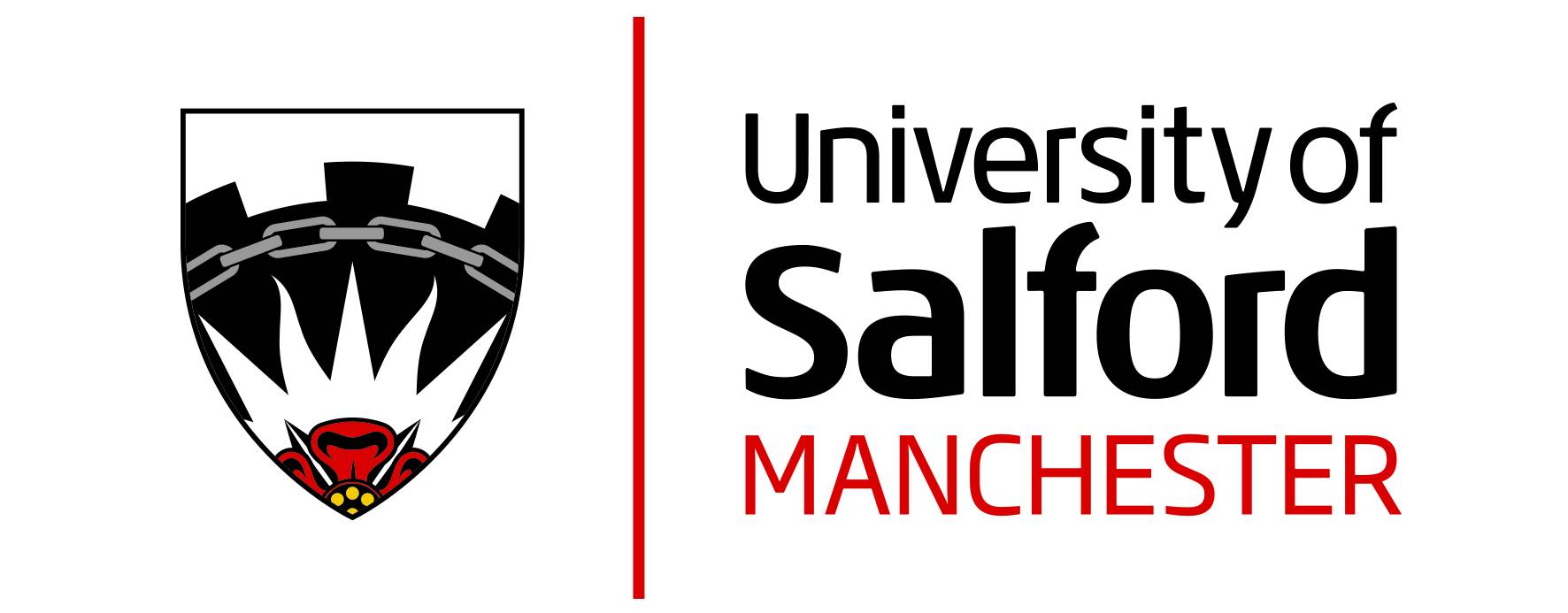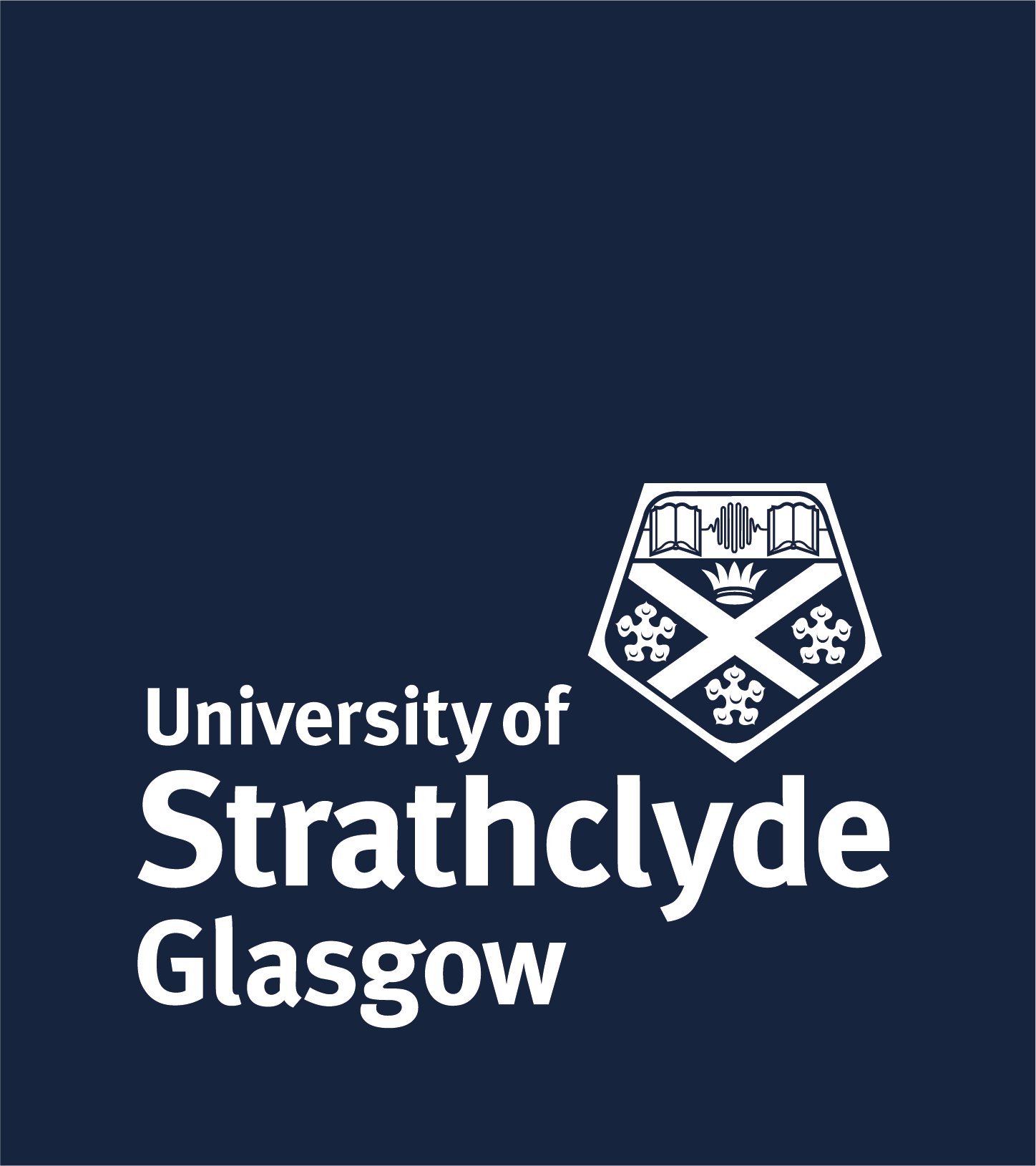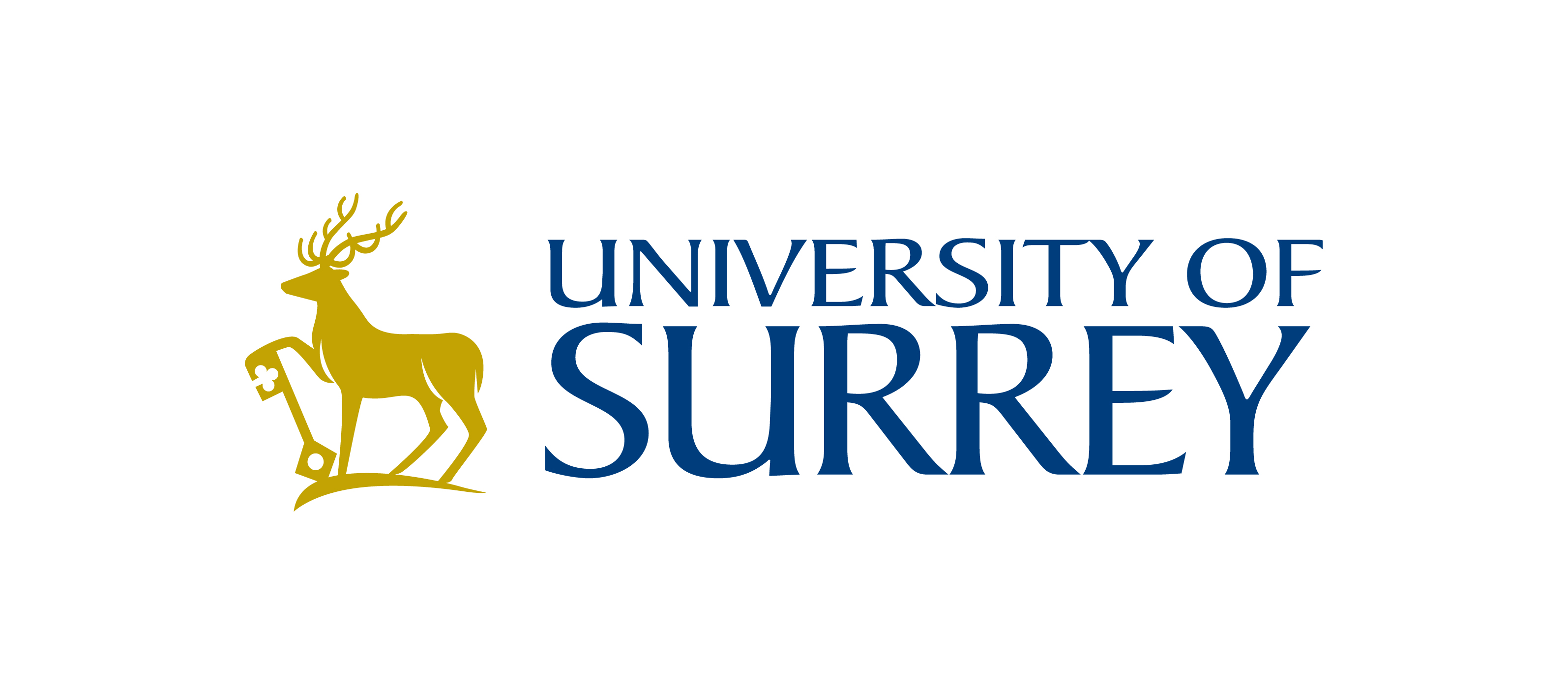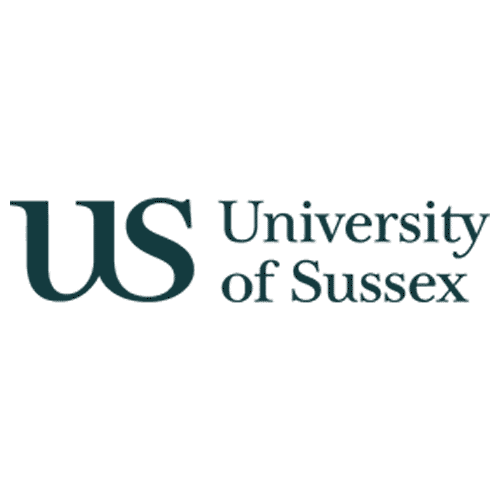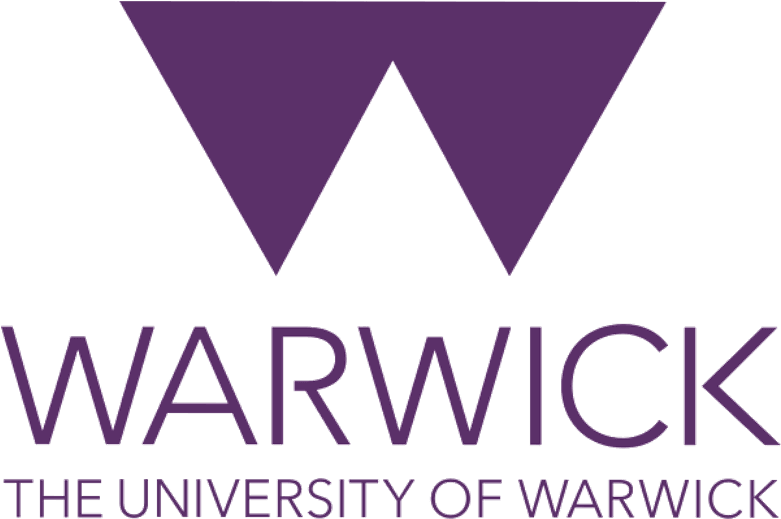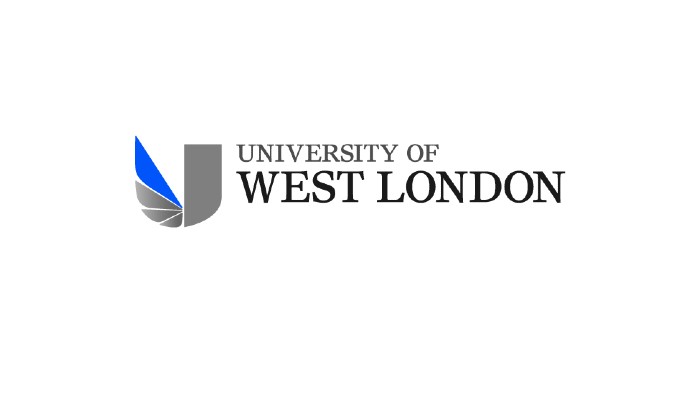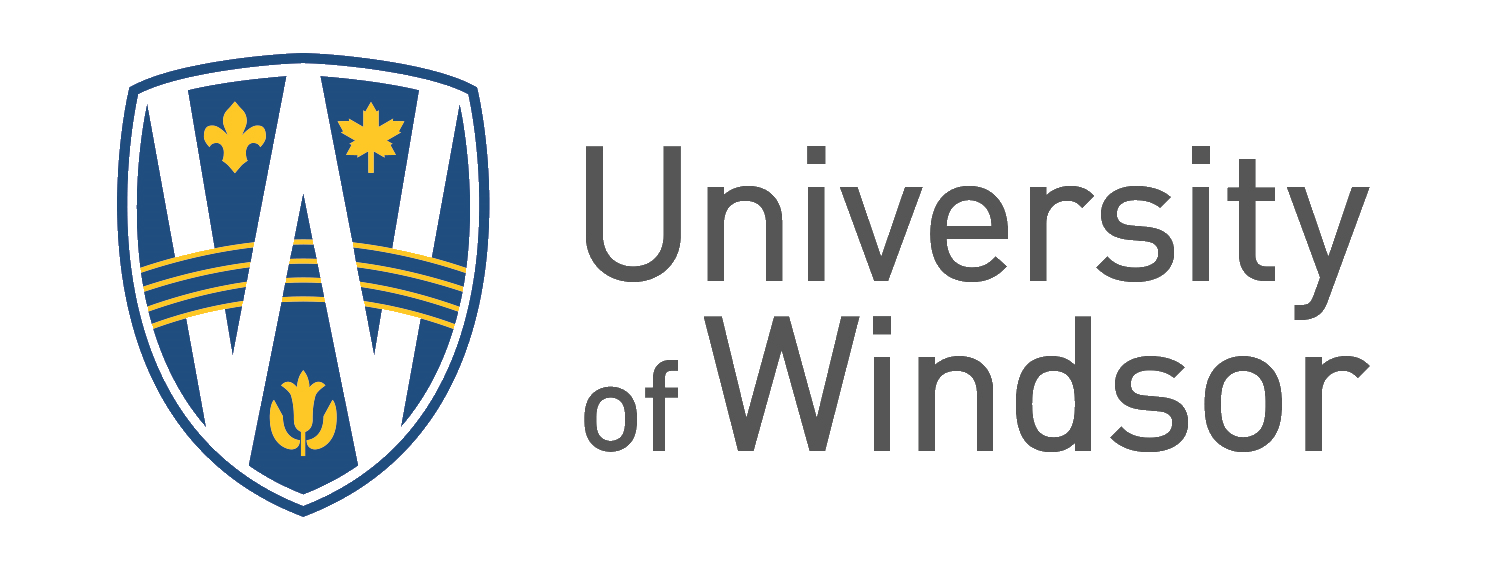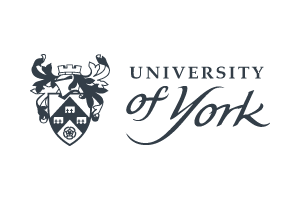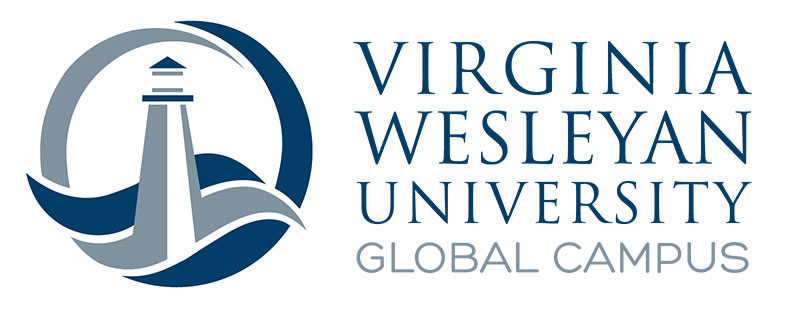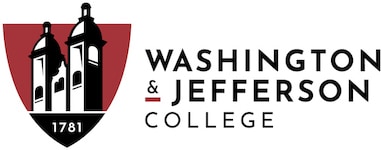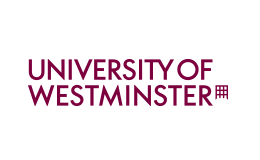Biochemistry: Unlocking the Secrets of Life Abroad
Biochemistry is a fascinating field that bridges biology and chemistry, exploring the molecular mechanisms underlying all living organisms. For Indian students aspiring to study abroad, pursuing a degree in Biochemistry opens doors to cutting-edge research, global opportunities, and a deeper understanding of life's building blocks. Whether you're passionate about drug development, genetic engineering, or biotechnology, studying Biochemistry internationally equips you with skills that are in high demand worldwide.
This course page is designed to guide you through everything you need to know about Biochemistry programs abroad. From top universities to career pathways, we'll cover it all to help you make an informed decision for your study abroad journey.
Why Choose Biochemistry for Your Study Abroad Adventure?
India's education system is robust, but studying Biochemistry abroad offers unparalleled advantages. International programs emphasize hands-on research, interdisciplinary approaches, and access to state-of-the-art labs that may not be as readily available back home. Here's why Indian students are increasingly opting for Biochemistry degrees overseas:
- Global Exposure: Collaborate with diverse peers and faculty from around the world, enhancing your cross-cultural communication skills.
- Advanced Facilities: Access to high-tech equipment like NMR spectrometers and mass spectrometry tools for real-world experimentation.
- Research Opportunities: Many programs include internships at leading biotech firms or universities, giving you a head start in your career.
- Higher Earning Potential: Graduates from top international programs often secure roles with competitive salaries, far exceeding domestic averages.
- Visa and Work Benefits: Countries like the USA, UK, Canada, and Australia offer post-study work visas, allowing you to gain practical experience abroad.
For Indian students, the transition to studying abroad in Biochemistry can be seamless with the right preparation. The subject's universal language—science—helps bridge any initial cultural gaps, while the growing biotech sector in India ensures you can return with valuable expertise.
Top Destinations for Biochemistry Studies
Choosing the right country is crucial. The USA leads in innovation, the UK in tradition, Canada in affordability, and Australia in work-life balance. Each destination caters to different preferences for Indian students, from vibrant cities to supportive Indian communities.
| Country | Key Universities | Average Tuition (INR per year) | Why Ideal for Indians? |
|---|---|---|---|
| USA | Harvard University, Stanford University, MIT | 25-40 lakhs | World-class research; strong alumni networks in India; OPT visa for work experience. |
| UK | University of Oxford, University of Cambridge, Imperial College London | 20-30 lakhs | Short program durations (1-year MSc); Graduate Route visa; proximity to Europe. |
| Canada | University of Toronto, McGill University, University of British Columbia | 15-25 lakhs | Affordable living; PR pathways; welcoming multicultural environment with large Indian diaspora. |
| Australia | University of Melbourne, University of Sydney, Australian National University | 18-28 lakhs | Post-study work visa up to 4 years; high quality of life; focus on practical skills. |
These destinations not only provide rigorous academic training but also support services like Indian student associations and counseling to ease homesickness.
Typical Curriculum and Program Structure
Biochemistry programs abroad are structured to build a strong foundation before diving into specialized topics. Most undergraduate degrees (BSc) last 3-4 years, while master's (MSc) take 1-2 years, and PhDs extend to 3-5 years. Expect a mix of lectures, labs, and research projects.
Core Subjects:
- Molecular Biology: Study DNA, RNA, and protein synthesis.
- Enzymology: Explore enzyme kinetics and metabolic pathways.
- Biophysical Chemistry: Learn about protein structures using techniques like X-ray crystallography.
- Genomics and Proteomics: Analyze genetic data and protein interactions.
- Biochemical Techniques: Hands-on training in chromatography, electrophoresis, and bioinformatics.
Advanced programs often include electives like Neurobiochemistry or Pharmacology, allowing you to tailor your studies. For instance, at Stanford, students engage in capstone projects simulating real biotech challenges.
Indian students will appreciate the emphasis on practical skills, as many programs require a thesis or dissertation, preparing you for research roles back home or abroad.
Admission Requirements for Indian Students
Gaining admission to Biochemistry programs requires careful planning. Start by checking university websites for specific criteria, but here's a general overview:
- Academic Qualifications: For undergrad, 10+2 with Physics, Chemistry, Biology/Maths (minimum 75-85% from CBSE/ICSE). For postgrad, a relevant bachelor's degree with 60-70% or equivalent GPA.
- Standardized Tests:
- SAT/ACT for undergrad in the USA.
- IELTS (6.5+) or TOEFL (90+) for English proficiency—crucial for non-native speakers like most Indians.
- GRE for some MSc/PhD programs, especially in the USA.
- Documents Needed: Transcripts, SOP (Statement of Purpose) highlighting your interest in Biochemistry, LORs (2-3 from teachers), and CV.
- Application Deadlines: Typically September-January for fall intake; apply 6-12 months in advance.
- Visa Process: Student visa (F-1 for USA, Tier 4 for UK) requires proof of funds, acceptance letter, and interview. Indian students often succeed with strong financial backing from family or loans.
Pro Tip: Highlight any lab experience from Indian colleges or internships at CSIR labs to strengthen your application.
Career Prospects After Studying Biochemistry Abroad
A Biochemistry degree abroad catapults your career into high-growth sectors. The global biotech market is booming, projected to reach $2.4 trillion by 2028, creating immense opportunities for skilled graduates.
Popular Career Paths:
- Research Scientist: Work in labs developing new drugs or therapies (e.g., at Pfizer or Novartis). Average salary: $80,000-$120,000 USD annually.
- Biotechnologist: Innovate in agriculture or food tech. In India, roles at Biocon or Serum Institute pay 10-20 lakhs INR starting.
- Clinical Biochemist: Analyze patient samples in hospitals. UK NHS roles offer £30,000+ starting.
- Pharma Consultant: Advise on regulatory affairs. High demand in the USA with salaries up to $100,000.
- Academic Roles: Pursue PhD for teaching/research at universities like IITs upon return.
For Indian students, studying abroad enhances employability. Many return via the "brain gain" trend, joining startups in Bengaluru's biotech hub. Others stay abroad, leveraging work visas—Canada's Express Entry system favors STEM graduates like you.
| Job Role | Average Starting Salary (USD) | Top Employers |
|---|---|---|
| Research Scientist | 70,000 | NIH, AstraZeneca |
| Biotech Analyst | 60,000 | Genentech, Reliance Life Sciences |
| Lab Technician | 50,000 | Hospitals, CROs |
Scholarships and Financial Aid Options
Studying abroad can be expensive, but scholarships make it accessible for meritorious Indian students. Focus on need-based and merit-based awards.
- Fulbright-Nehru Scholarship (USA): Covers tuition, living expenses for MSc/PhD; prioritizes STEM fields like Biochemistry.
- Chevening Scholarships (UK): Full funding for master's; strong emphasis on leadership potential.
- Vanier Canada Graduate Scholarships: CAD 50,000/year for PhD research.
- Australia Awards: For undergrad/postgrad; targets developing countries like India.
- University-Specific: MIT's fellowships or Oxford's Clarendon Fund—apply early!
Additionally, Indian government schemes like JN Nehru Memorial Fund or education loans from SBI (up to 1.5 crore INR) can bridge gaps. Budget for living costs: $10,000-15,000 USD/year, depending on the city.
Student Life and Tips for Indian Students
Adjusting to life abroad as an Indian student in Biochemistry can be exciting yet challenging. You'll juggle rigorous coursework with cultural adaptation, but the rewards are immense.
Daily Life Insights:
- Academics: Expect 15-20 hours of lectures weekly, plus lab time. Time management is key—use tools like Notion for scheduling.
- Cultural Adjustment: Join Indian societies for festivals like Diwali; many campuses have vegetarian/Indian food options.
- Health and Wellness: Access free counseling; maintain a balanced diet to combat stress from experiments.
- Networking: Attend conferences like the Biochemical Society meetings to build connections.
Tips: Learn basic cooking for Indian meals, explore part-time jobs (20 hours/week allowed on student visas), and stay connected via apps like WhatsApp. Remember, your Biochemistry journey abroad isn't just about degrees—it's about personal growth and global impact.
Ready to embark on this path? Contact our study abroad counselors for personalized guidance on Biochemistry programs tailored to your dreams.


